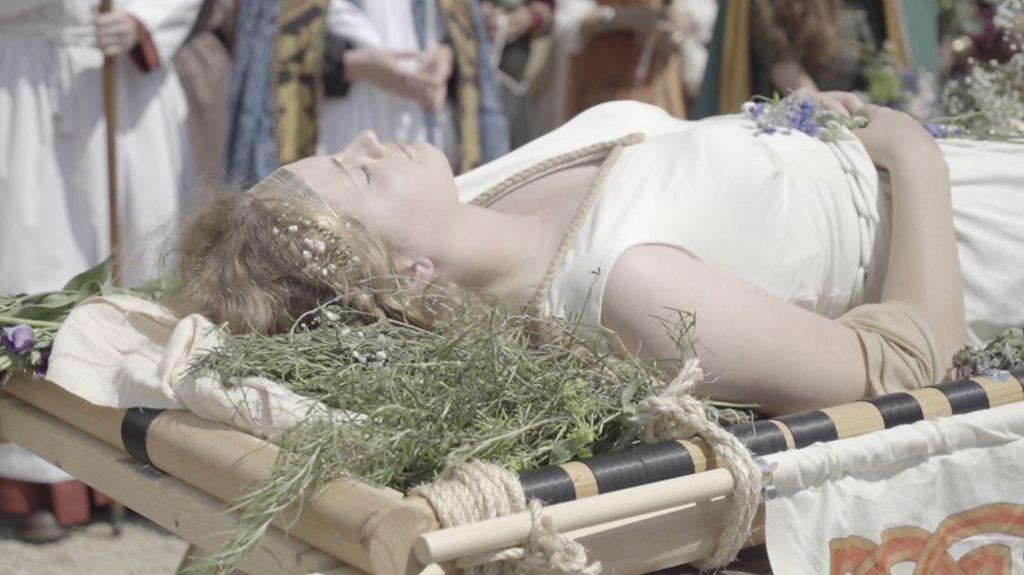Bid for museum and trail to mark Viking battle
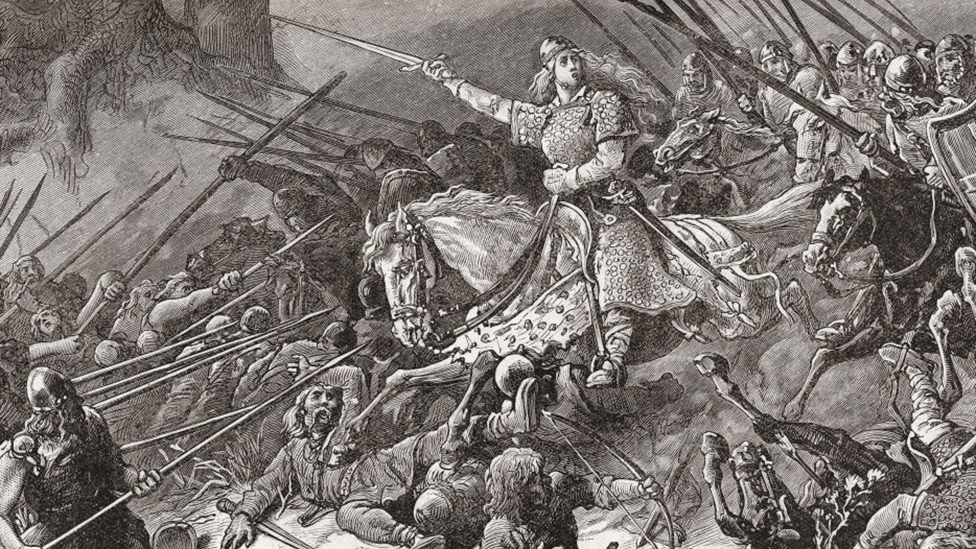
Aethelflaed, daughter of Alfred the Great, led the Battle of Tettenhall and other battles throughout her reign
- Published
Artists and historians are hoping plans for a museum and art trail will help to mark a Viking clash that took place in Wolverhampton 11 centuries ago.
The Battle of Tettenhall, also known as the Battle of Wednesfield, was fought between the Anglo Saxons and Vikings in 910 AD.
Although the exact site is unknown, and has been debated by historians for many years, those in the Tettenhall and Wednesfield communities want to reignite the significant part of Wolverhampton's history for generations to come.
"It is a crime that this battle isn't everyday knowledge," said artist Rachel Arnold.
The outcome of the battle secured the English kingdom but also marked a turning point in Viking incursions into England.
Thousands of men died, among them two Danish kings and several nobles.
The Lady of the Mercians, also known as Aethelflaed, daughter of Alfred the Great, won the fight against the Vikings.
Aethelflaed was later chosen as her husband's successor and took control of Mercia, one of the Anglo-Saxon kingdoms, now known as the Midlands.
Tettenhall District Community Trust has applied for funding from Arts Council England to create the Aethelflaed Trail and Exhibition.
The proposed 13-mile (20.9km) art trail would run between Tettenhall and Wednesfield, and include temporary outdoor sculptures and exhibits in an Anglo-Saxon style.
The trust is also in discussions with Severn Trent water to convert a derelict Grade II listed pumphouse into a permanent museum showcasing all of Wolverhampton's history as well as the Battle of Tettenhall.
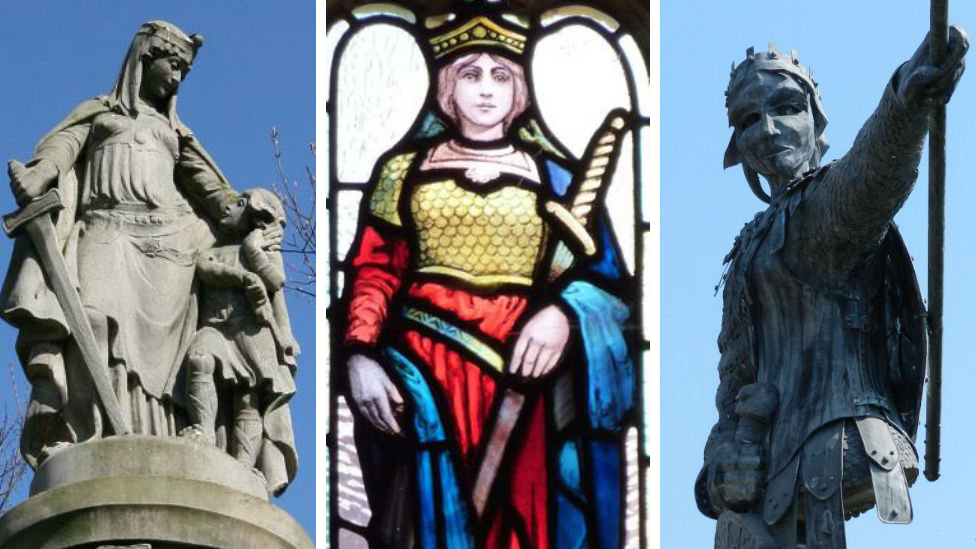
Aethelflaed was also known as a peaceweaver as she was able to negotiate with Vikings, making her a powerful Mercia ruler
Rebecca Cresswell, project leader, said: "There's a lot going into this, it has become an exciting, evolving beast this project.
"It started off with the battle and the workshops but it is on a lot bigger scale now, it's planning a new venue for Wolverhampton.
"We need to get the history out for Wolverhampton because not a lot of people know."
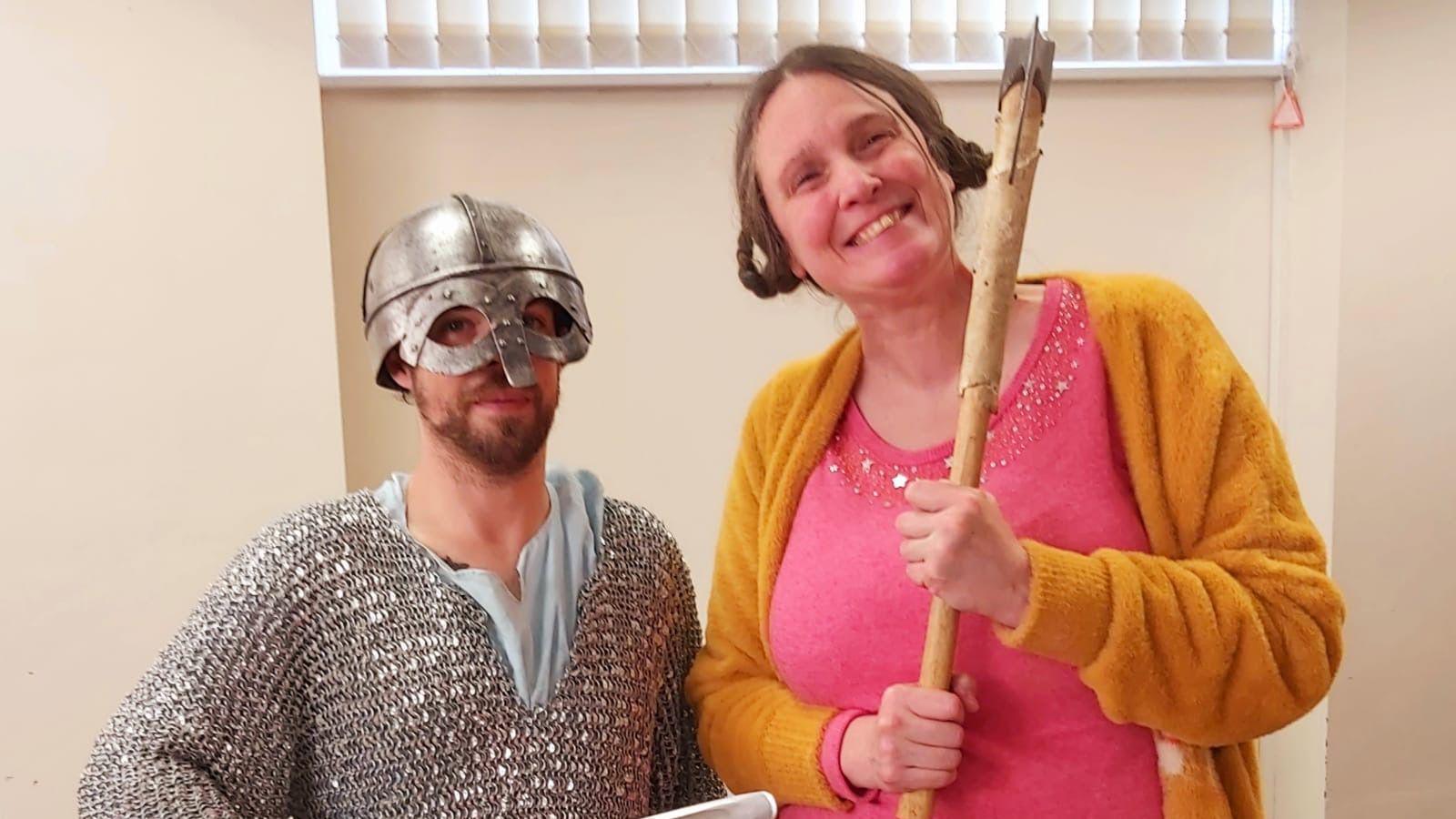
Rachel Arnold has been running workshops which have featured Viking reenactments
Ms Arnold, creative director of the project, has been running community workshops at Wolverhampton Art Gallery with members of the public, designing mock-ups of what some of the works and exhibits could look like on the trail.
The artist, who has lived in Wolverhampton for 14 years, said she felt the city had been neglected and hoped funding could be approved to make plans come to life, bringing visitors to the area.
"When people first hear of this battle they have no idea of its history," she said.
"I just can't understand why there isn't a monumental statue.
"If this battle was in Birmingham or any other city there probably would be stuff about it but Wolverhampton has been hit very hard by cuts, so we need to make this happen."
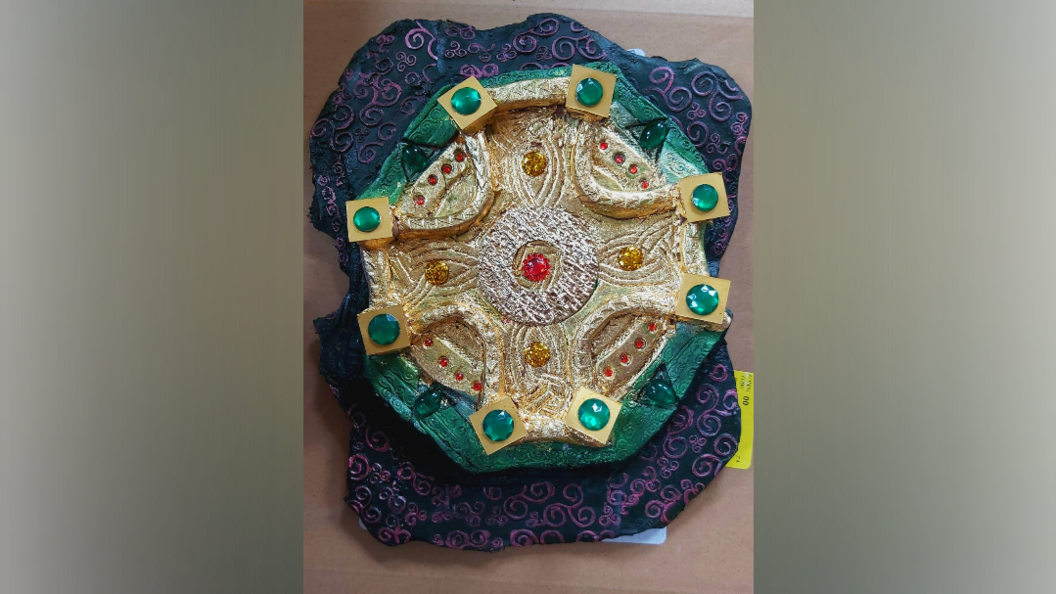
A sculpture made at one of the workshops
Get in touch
Tell us which stories we should cover in Wolverhampton
Follow BBC Wolverhampton & Black Country on BBC Sounds, Facebook, external, X, external and Instagram, external.
Related topics
- Published28 November 2023
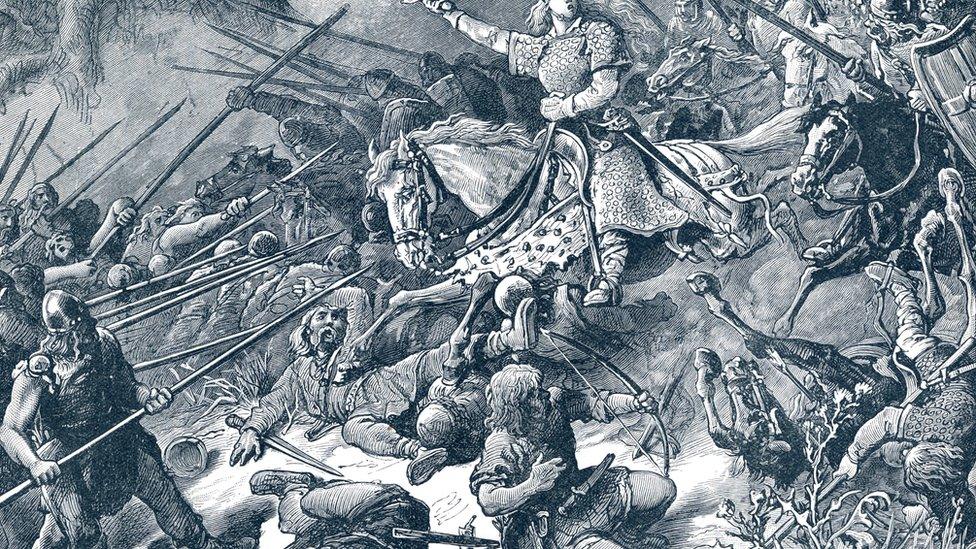
- Published12 June 2018
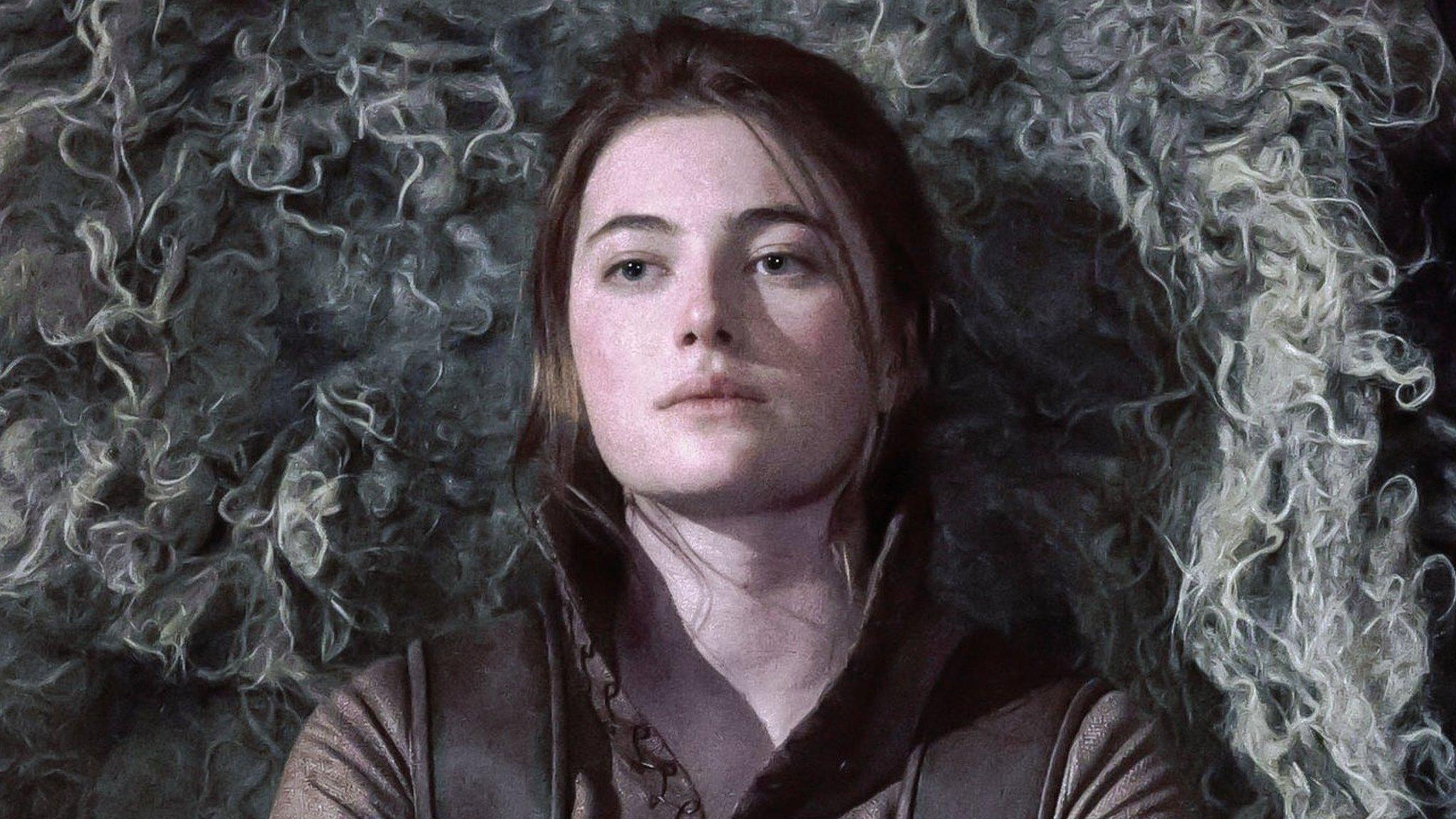
- Published10 June 2018
